Day one of Computex has already been quite eventful; we've seen yet another working R520 demo performing some impressive H.264 GPU acceleration, as well as motherboards based on NVIDIA's new C51G. All that and much more in this Computex article...
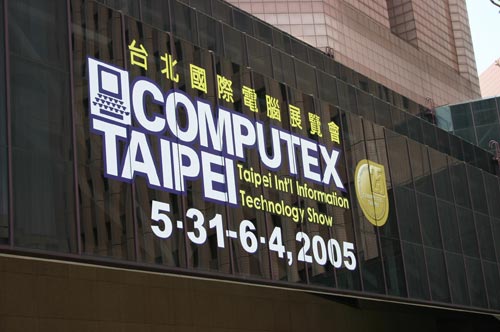
Be sure to read our
Early Bird Computex Coverage as well as our
Introduction to ATI's new CrossFire Multi-GPU Technology.
ATI Demos R520, Accelerates H.264 Decoding
ATI's R520 has made its second appearance in the past couple of weeks, this time behind not-so-closed doors at ATI's suite in the Hyatt hotel.
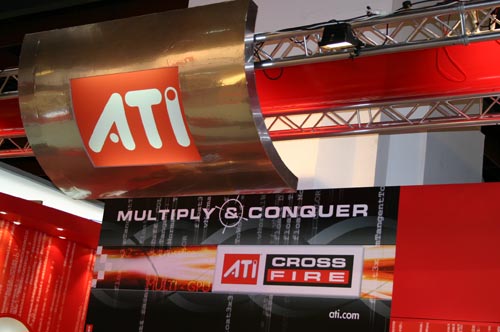
This time around however, the demo wasn't of a 3D game; rather, an even more unique application for ATI's new GPU - H.264 decoding.
The H.264 specification is particularly important as it will be the predominant encoding/decoding standard for both blu-ray and HD-DVD. Being able to accelerate H.264 encoding, decoding and transcoding will soon be the new focus of system performance. If you've played around with either encoding H.264 content or playing back the
limited amount of H.264 content currently available, you know that the overall system demands for anything dealing with H.264 are quite high.
ATI is addressing one part of the problem by offering GPU-accelerated H.264 decoding with the R520. The demo was conducted on 25Mbps HD footage recorded using a HD video camera and played back on a Pentium 4 3.6GHz system (Hyper Threading enabled) with a R520 graphics card.
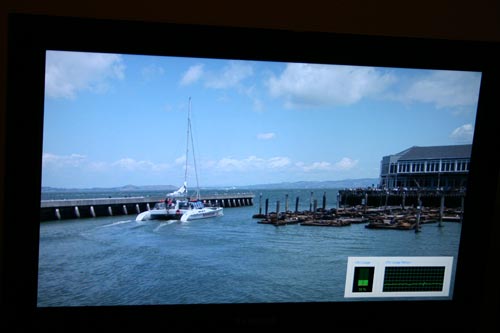
CPU utilization without the GPU acceleration enabled was stated to be between 90% - 95%, but when GPU accelerated H.264 decode was enabled, the CPU utilization dropped to around 33%. We witnessed the GPU-accelerated playback first hand and were quite impressed.
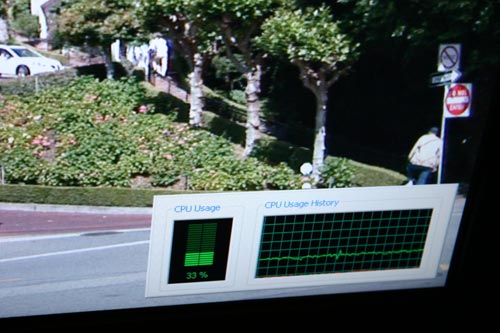
ATI has committed to us that they would have a H.264 player available by the end of this year that would offer this level of acceleration when paired with a R520 GPU. ATI said that they were looking into bringing the acceleration to older GPUs, but they would not say anything beyond that.
Obviously, the story of the day happens to be ATI's CrossFire multi-GPU solution, and ATI had some CrossFire demos running in their suite as well.
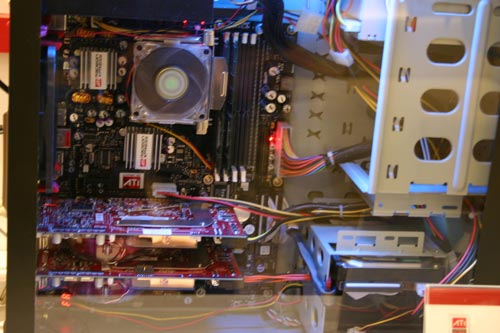
The showing of CrossFire demos at Computex was actually a bit disappointing, but that can be attributed to the fact that a very limited number of manufacturers had reference boards and the drivers are still far from final. That being said,
our benchmarking time with the CrossFire reference board proved to be quite uneventful in the sense that we encountered no stability issues with the platform.
Just like all of the other chipset makers, ATI had a wall of motherboards based on ATI chipsets at their suite:
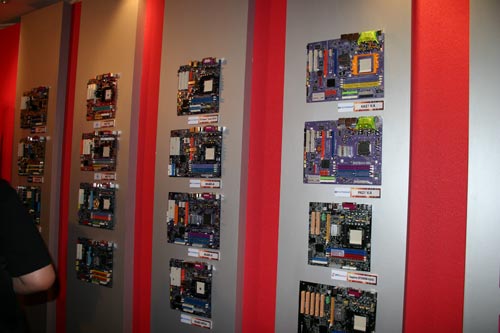
Most of the solutions were older Radeon Xpress 200 based products and not CrossFire motherboards. Given that no manufacturer has a fully working CrossFire solution (most only work in 2D), we weren't too surprised.
NVIDIA - Quiet on G70, C51G Sightings
Despite a handful of their partners
showing off G70 behind closed doors, NVIDIA didn't really have much to talk about at the show.
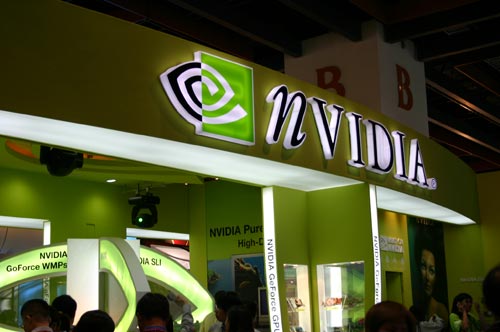
There was the obligatory wall-of-motherboards showcasing both nForce3 and nForce4 products:
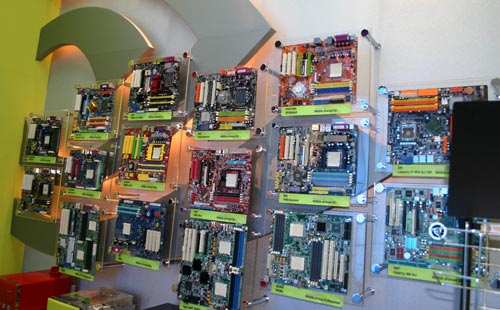
NVIDIA did have a few C51G platforms running, labeled as "Next-Generation NVIDIA nForce MCP with GeForce GPU" motherboards.
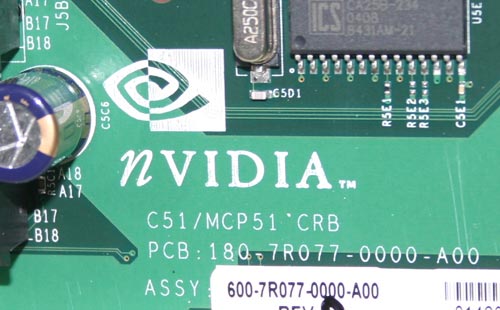
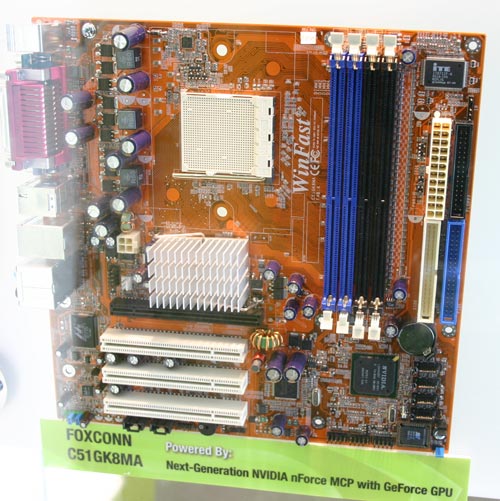
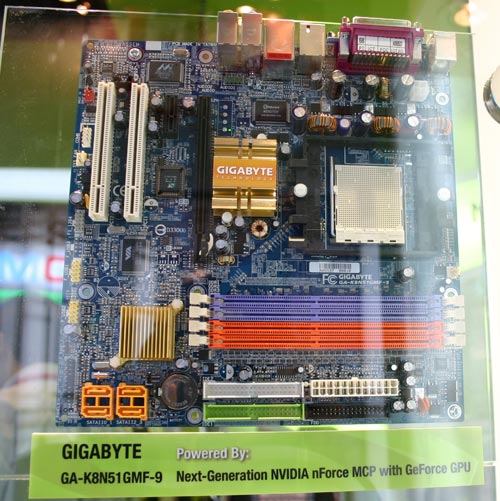
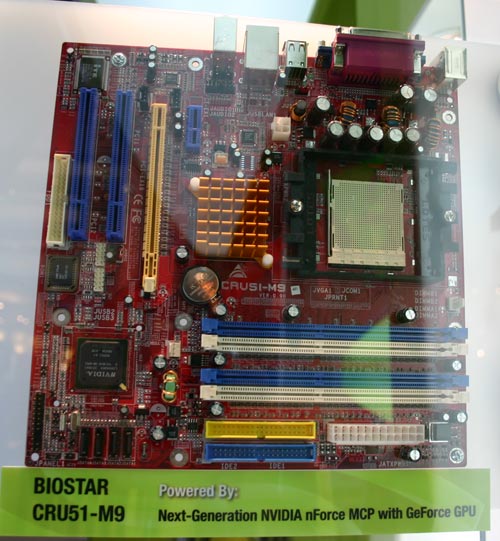
AMD at Computex 2005
Unlike previous years, this Computex showed no signs of an Intel-dominated market. In fact, what we've heard from all manufacturers is that AMD has been doing exceptionally well in the market. Intel continues to hold on to the majority of the market, but AMD platforms have been increasing in demand, and in many markets, they are outpacing Intel's solutions.
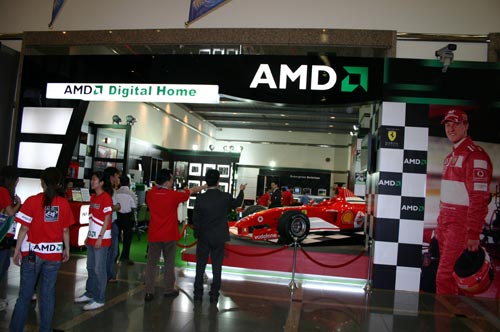
Computex marked the official launch of the Athlon 64 X2 processor, but of course, we've all been very familiar with those processors for a while now. With dual core desktop processors being yesterday's news, the most impressive showing from AMD happened to center around servers.
There were a number of two-, four- and eight-socket Opteron servers on display at AMD's booth.
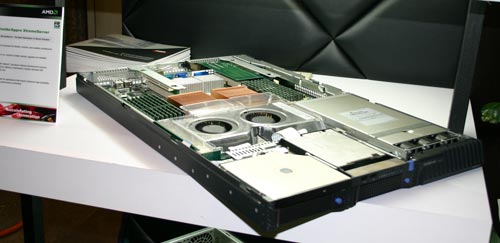
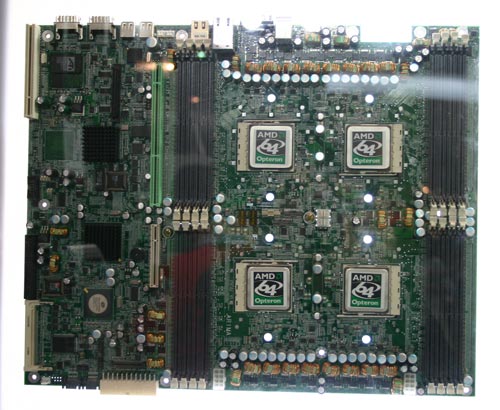
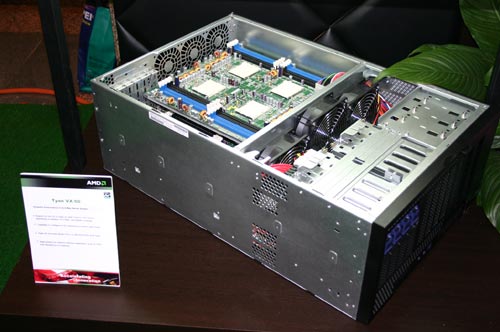
Intel Quietly Introduces 945 with a Roar
Intel has been relatively quiet recently, with the exception of their incredible dual core showing at the most recent IDF.
In their recent tradition of being silent about things, Intel has quietly launched their mainstream 945 chipset. The 945 chipset's most attractive feature is its support for Intel's dual core processors and the fact that it is Intel's most affordable chipset with dual core support.
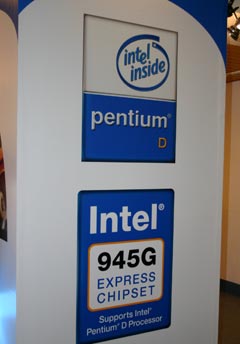
Intel had an absolutely massive wall full of 945 based motherboards at the show. It was by far the largest wall of motherboards of a single chipset present at the show.
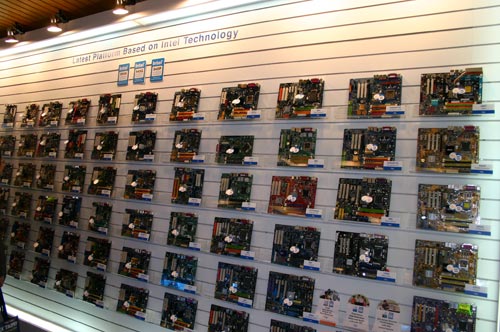
Interestingly enough, only a couple of the motherboards were BTX solutions - a big change from previous shows where Intel had shown tons of BTX samples.
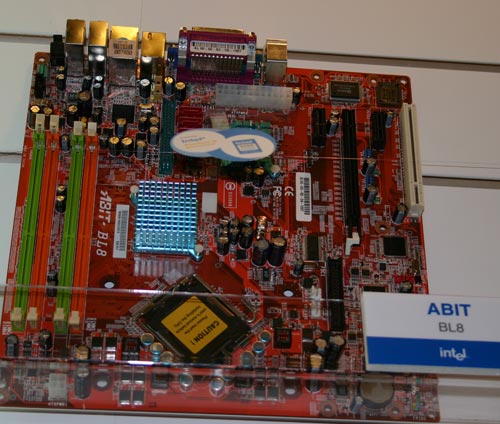
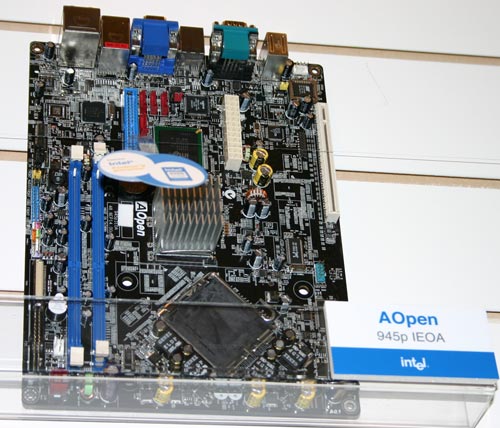
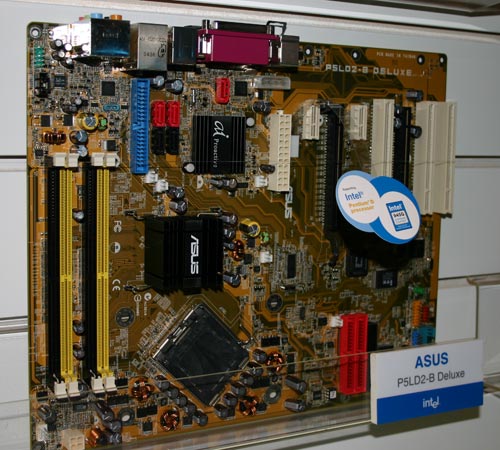
The other unique thing for Intel platforms at the show seems to be pseudo-SLI for Intel 945/955 chipsets. Motherboard manufacturers are outfitting their Intel based motherboards with two PCI Express x16 slots; although, only one is electrically a x16, whereas the other is a x4.
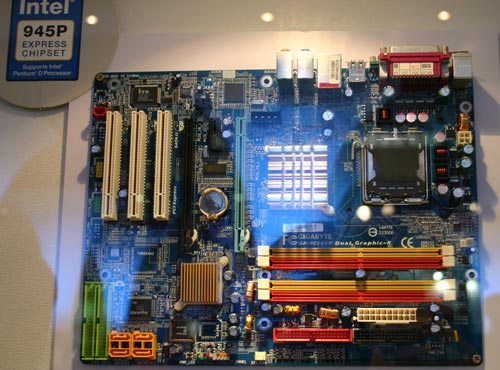
Of course, without NVIDIA driver support, you can't actually run in SLI mode on 945 motherboards - although NVIDIA claims that they are working on supporting Intel's chipsets.
iWill - Purely Servers
iWill's booth was particularly interesting; the company has been re-inventing themselves as a strictly server manufacturer.
iWill was one of the first to introduce a 8-socket Opteron server:
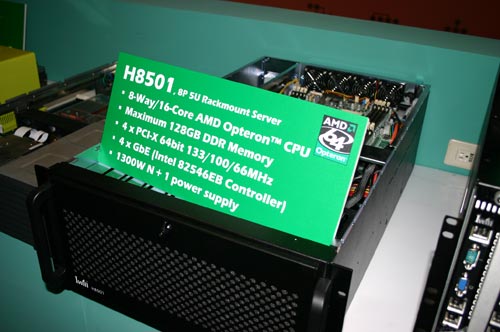
Their first solution featured two 4-socket motherboards basically layered on top of one another. The problem with this solution was that performing maintanence on any components on the lower motherboard required a pretty time-intensive removal of the top motherboard.
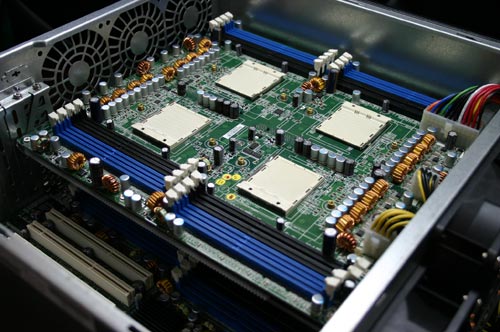
iWill's second try at an 8-socket Opteron server implements a much more intelligent setup:
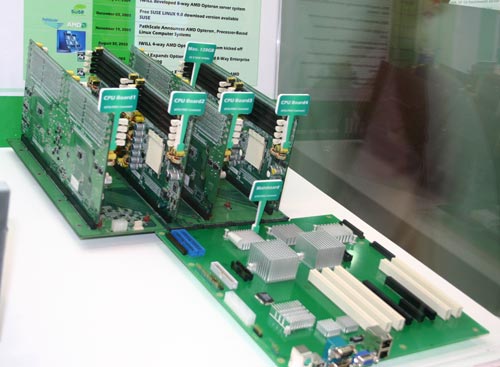
Instead of placing two motherboards on top of one another, iWill's prototype features two boards on the same plane. One board features all of the PCI-X and PCI Express slots, while the other board is home to four HTX Pro connectors.
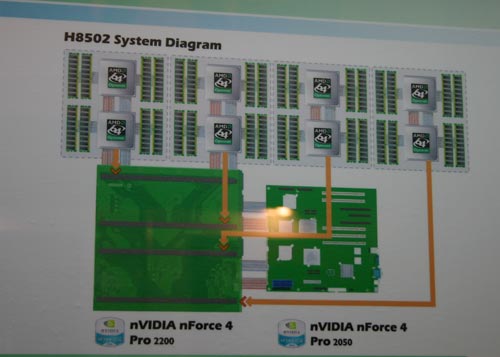
The HTX Pro interface is one actually defined by iWill and uses Hyper Transport to connect two-socket cards to the motherboard.
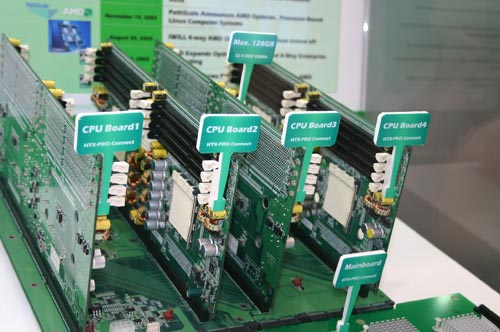
The beauty of this approach is that processor boards can be added/removed independently of one another. If AMD should introduce a DDR2 interface for future Opterons, all you need are new processor boards, and you can upgrade your current server to support the new CPUs.
iWill also showcased their new SFF, the ZMAXd2:
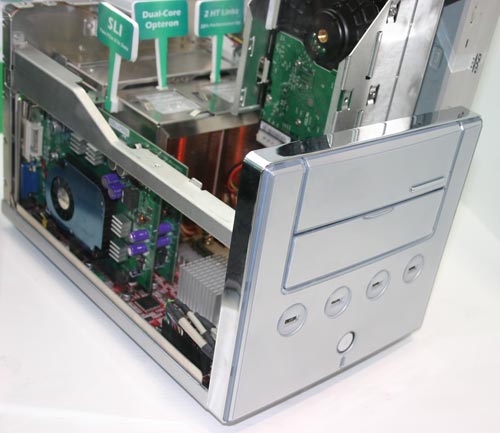
The beauty of the ZMAXd2 is that it features two PCI Express x16 slots and two Socket-940 CPU sockets, truly making for a powerful SFF. The SFF uses the nForce4 SLI chipset, so you can actually run two single-slot NVIDIA GPUs in SLI mode.
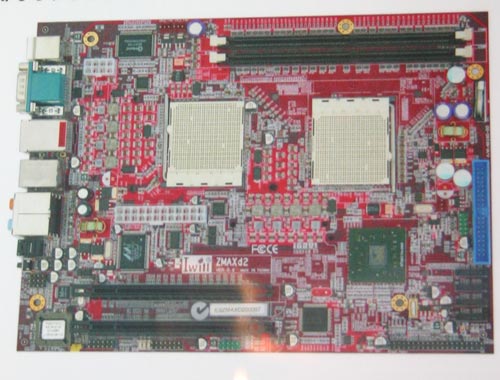
Like iWill's previous dual CPU SFF, the ZMAXd2 only features two memory slots off of one of the Opteron sockets - thus, the other Opteron must communicate over the Hyper Transport links connecting the two CPUs to gain access to main memory. Obviously, this solution is a bit higher latency than a conventional 2-socket system, but in order to improve performance a bit, iWill uses two HT links to connect the two Opteron CPUs together.
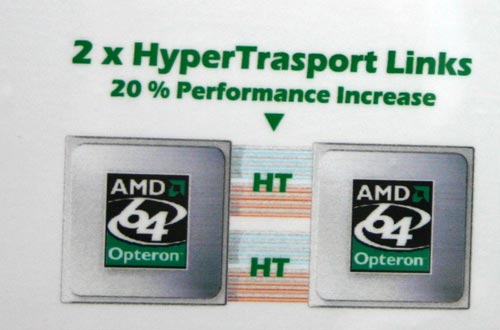
From what we can tell, the ZMAXd2 is an extremely powerful, yet very compact 2-socket Opteron system. With the introduction of AMD's dual core Opterons, you could potentially have a 4-core SLI system in a SFF case, which is pretty exciting.
Final Words
We still have tons of meetings left in the day, so it's back to the grind for us. There's much more coming, so stay tuned.






































